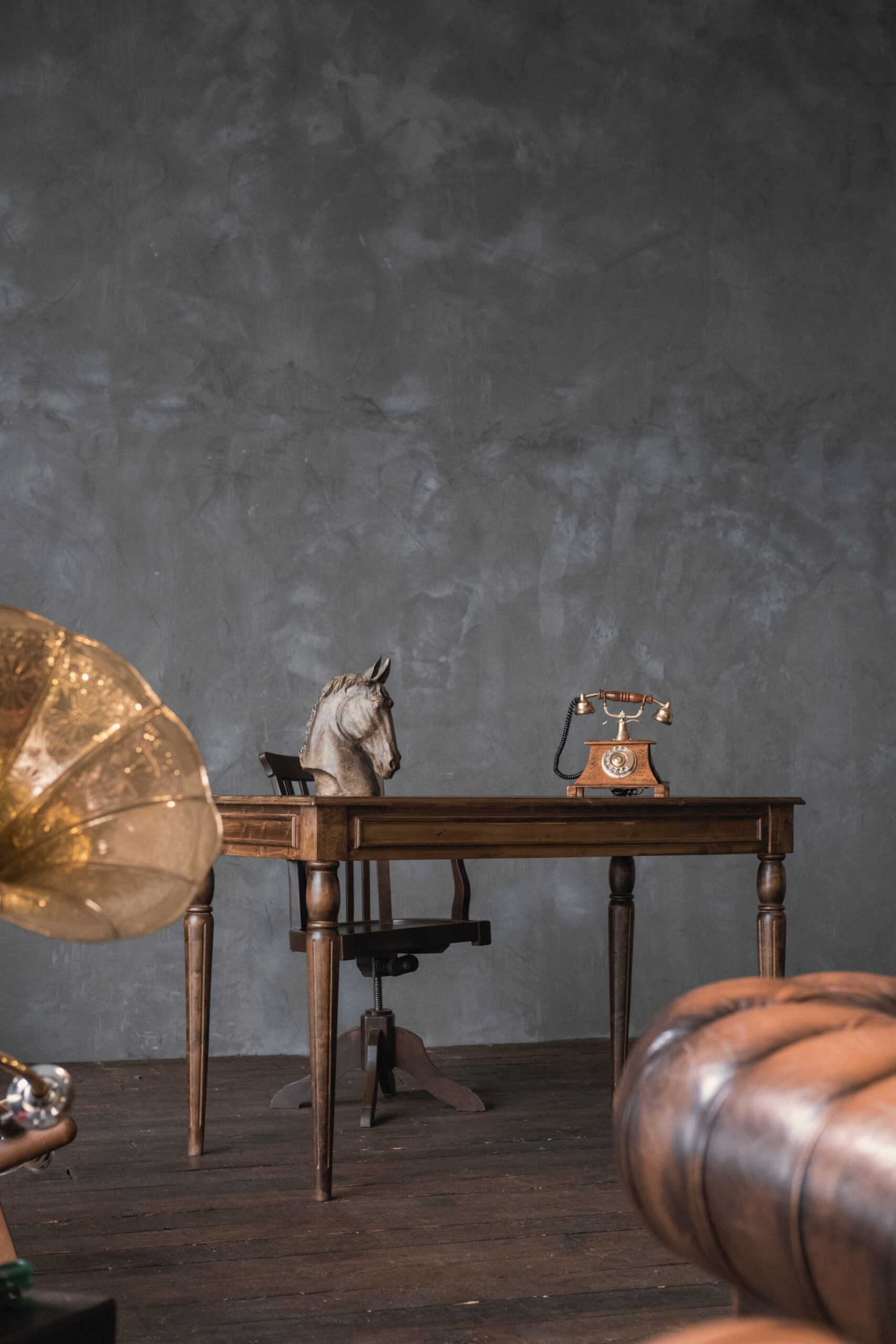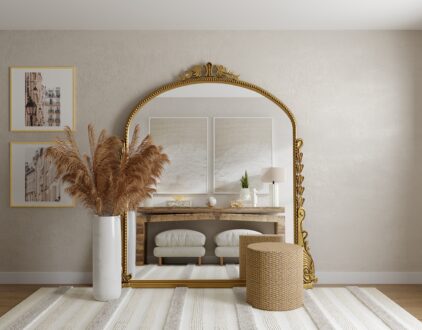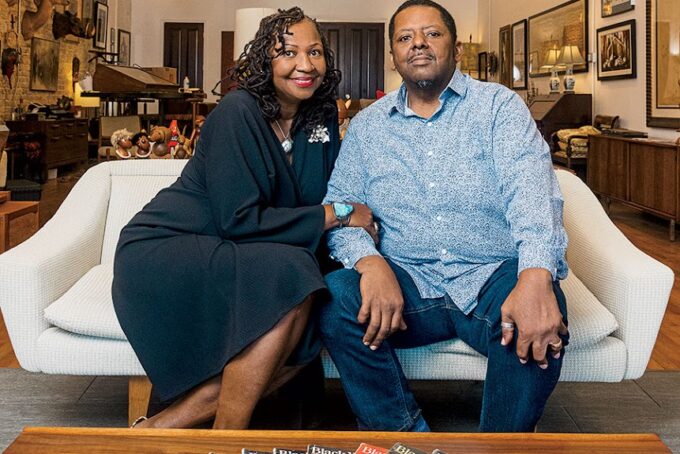Oftentimes, the words antique and vintage are used interchangeably when it comes to interior design. But as a homeowner, when you’re looking to invest in either, it’s important to know the differences.
“For an item to be considered vintage, it needs to be at least 40 years old,” Benoist F. Drut, owner of Maison Gerard, an antique store based in New York City, told Vernada. “On the other hand, for an item to be classified as antique, it must be at least 100 years old.” He adds that this is regardless of what the item is: “This rule applies across all disciplines—books, ceramics, glass, pottery, or furniture.”
How To Tell The Difference Between Antique and Vintage Furniture

Before we get into what makes vintage and antique pieces different from each other, it’s important to note that another key term that gets mixed in with vintage and antique is retro. Retro is more of an aesthetic or a modern replica of what people consider vintage. This is usually seen in trends that pay homage to particular decades and specific design styles. Now that we’ve got that out of the way, let’s get into the differences between the two so you can shop with intention.
Understanding Vintage Pieces
You can think of vintage furniture as pieces that can be found in places like your grandparents’ homes. Think of vintage furniture as home goods that were bought in a particular decade. Whether it’s a rotary phone or old-school brand posters, vintage just simply means old. Old can be anything from the Y2K era back to the civil rights movement. Those old Jet and Ebony magazines from the ’80s and ’90s are even considered vintage, believe it or not.
But when it comes to shopping for vintage furniture, it’s best to go with your instincts. You can score a lot of vintage goods from estate sales and thrift stores. “I’m a big proponent of following your intuition and buying what you love,” explained Drut. “A piece doesn’t need to be expensive to be beautiful, either. If you truly love it, it will shine in your home.”
Some of the most sought-after vintage pieces are goods that can still be used today. Pieces like light fixtures, art, dressers, couches, and china sets can give your home more personality. Those vintage pieces could also become heirlooms you can pass down to future generations.
How To Spot Antique Goods
Antiques are hard to come by, but when you do, they might be valuable. Antiques are defined as pieces that are at least 100 years old. Pieces that are over 300 years old are considered artifacts. Antiques are also usually handmade, whereas vintage pieces might be machine-made. With antique furniture, especially pieces that have wood, you have to examine it closely. Antiques that are made with wood can have different types of wood incorporated because, during those times, materials were hard to come by. Also, antique furniture tends to have uneven parts and imperfections because those pieces were sawed by hand. Additionally, pieces that are considered antiques may have some sort of stamp engraved into it.
Here is a list of periods that are considered antique, according to Laurel Crown Furniture:
- 1685-1720: William and Mary
- 1720-1760: Queen Anne/Louis XV
- 1755-1790: Chippendale
- 1790-1810: Sheratone
- 1790-1815: Federal/Hepplewhite
- 1805-1830: Empire
- 1830-1901: Victorian
- 1845-1870: Rococo Revival
- 1850-1914: Naturalist/Aesthetic
- 1855-1890: Neo-Greek/Eastlake
- 1895-1915: Arts and Crafts
- 1896-1914: Art Nouveau
If you suspect you have an antique, make sure you do your research, and if you’re unsure, get an appraiser’s opinion. If you choose to keep your antique, you should also consider getting familiar with how preservation works. Now, next time you find yourself in a thrift store or antique shop, you can use these tips to find some diamonds in the rough.
popular posts
- 1It’s Black Business Month, So Let’s Go Shopping and #BuyBlack!
- 220 Deliciously Simple Tequila Drinks With Only Two Ingredients
- 3Cortisol Cocktail: A Yummy Drink With All The Health Benefits
- 4These Are the 10 Things You Should Never Put in the Dishwasher
- 5A Look Inside Elon Musk's Tiny $50,000 House

Indulge in These Mini Luxury Items to Beautify Your Home
by Erika Hardison | March 13, 2023

7 Ways To Determine if Maximalism is Right for You
by Brittni Williams | March 26, 2023
Spaces
Whether it’s luxury or ease, every area of your home should be as fabulous and unique as you.
FOLLOW ALONG ON INSTAGRAM
#homeandtexture
Find us on social for more home inspiration where culture, personal style, and sophisticated shopping intersect to help you create a home where you love to live.






